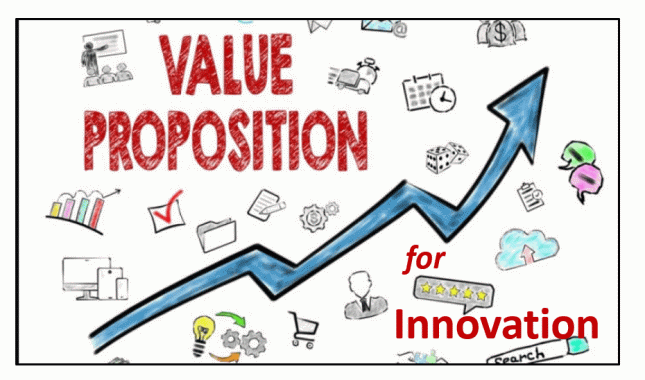
Part-way through 2022, I drew up a list of my focal points in researching, stimulating my thinking and finding different validation points on my Ecosystem thinking and design approaches. In early January this year, I took a stop, more a reflective period in these past months, to deepen down even further my knowledge of Ecosystem thinking and design. I aim to achieve, even advancing, Ecosystem understanding for those interested to learn and seeking advice through direct engagements.
My main focus on Ecosystems comes from the innovation perspective. How can we finally combine all the different parts of the Innovation system into one, fully connected up and achieve a far more open design where contributors, both inside and outside organizations, can contribute as it is the diversity of experience needed today to give fresh value and impact on complex and challenging issues, We need that discovery to commercialization fully connected up to be leveraged fully in all the diversity of contributions.
Innovation in its challenges and problems has become more complex and challenging, both in solutions offered and in working out all the connected parts to provide products or services that are superior to the existing ones. The need to provide that essential “dynamic” of having customer engagement in their data, a growing network of connected partners providing their input, their exploring and experimenting so the inventor can learn and seek to improve the product or service accordingly.
Continue reading “My building blocks towards Ecosystem thinking”







